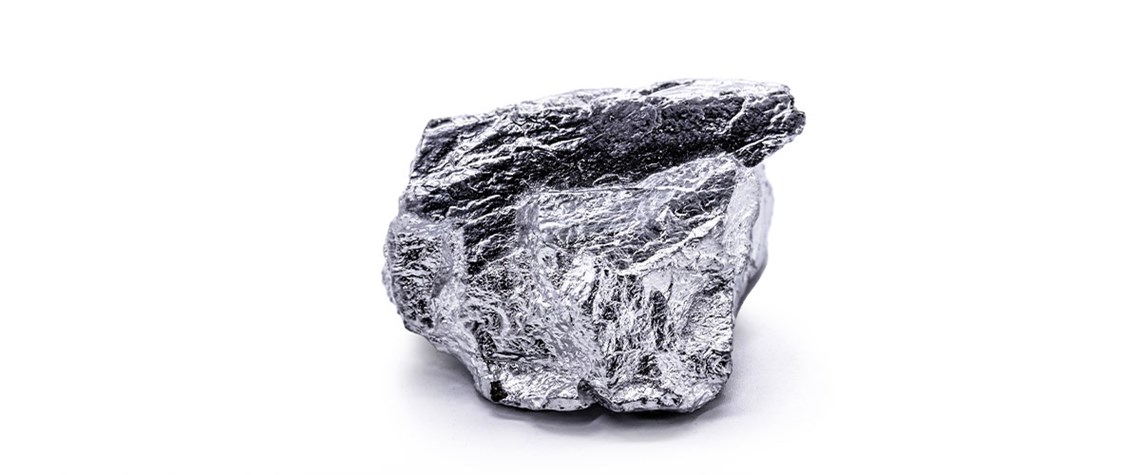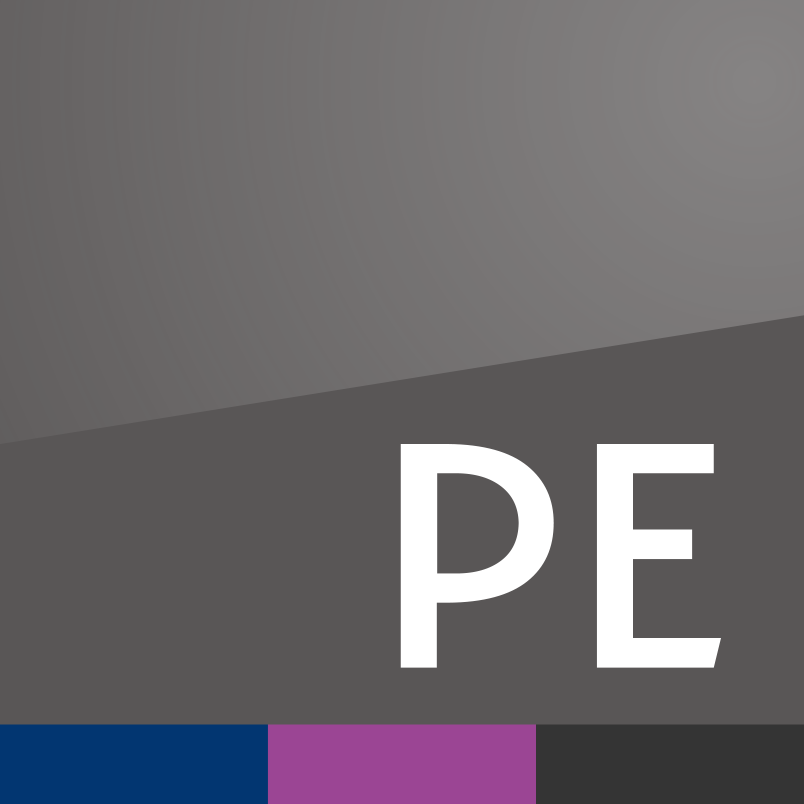The growing hydrogen industry is benefitting from increasing support and investment. The UK’s ambition for low-carbon hydrogen production capacity has doubled from 5GW to 10GW by 2030, and in September, during her annual State of the Union speech, European Commission president Ursula von der Leyen announced plans for a ‘Hydrogen Bank’ that would be able to invest €3bn ($3.1bn) to bridge the investment gap and connect future supply and demand.
Proton-exchange-membrane (PEM) electrolysis is one technology used to produce electrolytic or ‘green’ hydrogen. PEM electrolysers use catalyst-coated membranes (CCMs) at their core to split water into oxygen and hydrogen under an electric current. For this reaction to occur, iridium-based catalysts at the anode and platinum-based catalysts at the cathode are used. These platinum group metals (PGMs) are ideal due to their activity and stability in the electrolyser system. There are currently no suitable alternatives that can work reliably in the high-voltage, acidic conditions of a PEM cell.
The crucial role of PGMs—particularly iridium—has led to concern around supply and whether there is enough to support sufficient scale-up of PEM capacity to produce electrolytic hydrogen. Some commentators have quoted iridium requirements that far exceed supply, painting iridium availability as an insurmountable challenge. However, these concerns are misplaced. We can manage targeted capacity growth within available supply if we use the raw materials efficiently and if we recycle.
Myth-busting the iridium challenge
The iridium market is very small compared with other commodity metals, so unsurprisingly its supply dynamics are not widely understood. Iridium is mostly produced as a minor byproduct of platinum mining in southern Africa—specifically South Africa and Zimbabwe—which typically accounts for up to 95pc of iridium mined annually. These southern African operations are owned by large, reputable, publicly traded companies. The remaining 5pc or so of iridium supply is mainly a trace byproduct from nickel mining in Russia and Canada. Nobody mines for iridium in its own right, but it will continue to be produced as long as platinum is.
The main myth surrounding iridium is that there is not enough of it to support the growth of PEM electrolyser technology, but this assumes that the intensity of iridium use will not change. If we look at today’s technology, around 400kg of iridium is required for every 1GW of electrolyser capacity. To make sufficient progress towards net-zero targets, global CEO-led initiative the Hydrogen Council estimates PEM capacity would need to increase to around 80–100GW by 2030, assuming a 40pc PEM market share. If we used today’s technology for all that capacity, we would require 30–40t of iridium over the next eight years—a challenging requirement given just 7–8t of iridium is mined each year, never mind the likelihood of competition with other sectors for the metal. Increasing capacity further to the levels required by 2040 and 2050 could then start to look unattainable.
These projections are wrong because they do not factor in either thrifting—reducing the quantity of iridium required per gigawatt—or recycling, both of which are a given for a relatively new technology that uses PGMs. We have seen exactly this trend for other PGM-using technologies to date. For example, the use of PGMs in catalytic converters for gasoline and diesel vehicles has been sustainable only with greatly increased efficiency of metal use and with recycling, which is driven by the value of these metals.
Critics argue that iridium is not recycled, citing that very little recycled or secondary iridium is returned to be sold on the market. But considerable quantities of iridium are routinely recycled. This metal is usually reused within the same application in a process we term ‘closed-loop’ recycling. This recycling is not seen by the market, as the metal value remains with the original owner, but it significantly reduces the amount of primary iridium these industries need to buy. Johnson Matthey is the world’s largest secondary PGM recycler by volume and is skilled in efficiently recovering and refining PGMs, including iridium, to a high purity so they can be reused. And we continue to invest in research and technology in this area.
In order to make the available iridium stretch as far as possible, we need to thrift. This will allow us to get the most from each gram of iridium used—and reused. Thrifting requires innovation, particularly in formulating more effective catalysts, more efficient membranes, and tuning the way they are assembled into CCMs. For example, if the iridium required per gigawatt were reduced by 75pc, this would mean just 8-10t of iridium is needed to install the targeted levels of PEM capacity by 2030—around 10–20pc of supply between now and 2030. And make no mistake, reductions of that order and more are being targeted. Then, if CCM efficiency is also increased, not only are you using less iridium per gigawatt, but each gigawatt of capacity can produce more hydrogen, truly maximising the efficiency of raw materials use.
Iridium supply is limited, and this will inevitably pose a potential constraint, but we are in a good position to navigate this challenge so that it does not restrict the growth of hydrogen. A focus on efficiency and circularity of this valuable element within the supply chain will support hydrogen’s valuable part in our net-zero journey.
Marge Ryan is principal analyst for platinum group metals at London-headquartered technology firm Johnson Matthey.
This article is part of the upcoming special report Outlook 2023, which features expectations from the energy industry for key trends in the year ahead. Sign up here to receive updates about the full report.









Comments